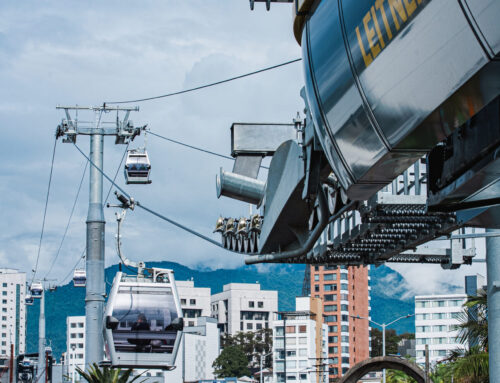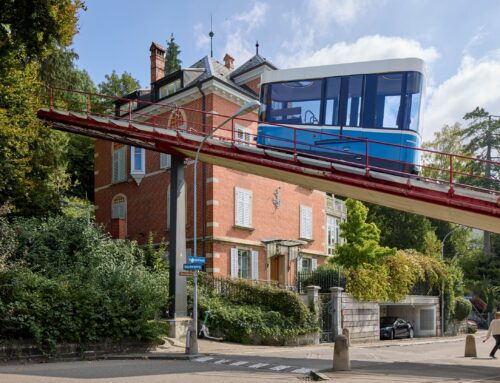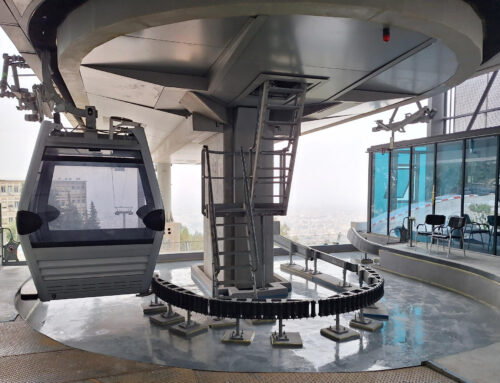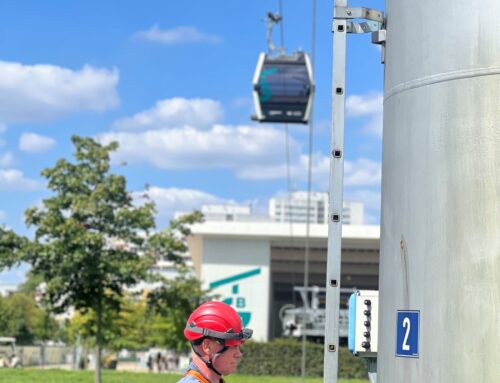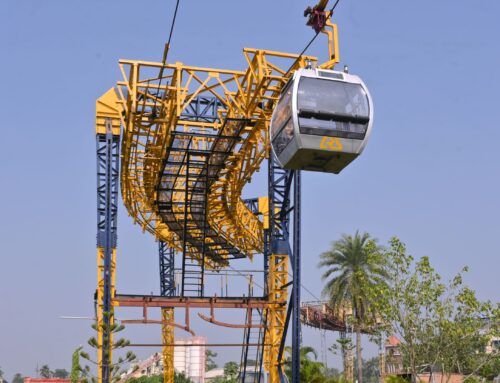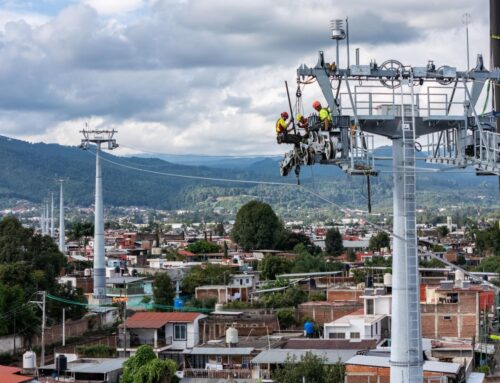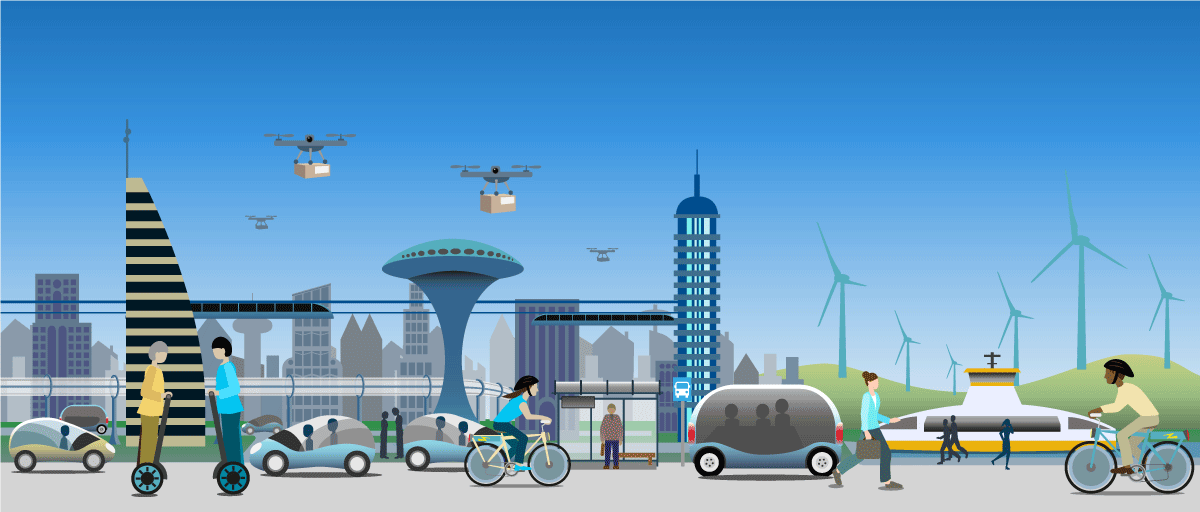
Cities, SI Urban 2/2021, SI-Urban
Mobility as a part of the Network
Although it might still sound like science fiction to many people, AI has long since become a part of everyday life. We use adblockers almost as a matter of course and complex algorithms individually filter out interest-related information for us.
More than a means of transport
Charlotte Stix (featured in the “Forbes 30 under 30 in Europe” in 2020) believes that time is running out for simple transport systems. “For vehicles to become fit for the future, they need to move from being a transport system to being interconnected everyday objects.”
Smartphones are a good example of success in this evolution. The initial steps of mobile telephones were modest, with functions ranging from calls to short messages; today, they are smart all-rounders, upon which people all over the world rely.
According to the Englishwoman, transport also has the potential to take the step from necessity tool to matter of course. The key to this lies in the use of AI. In route calculation, GPS systems already include information about accidents and roadworks, and even public transport is already so interconnected that an alternative system for onward transport is available immediately in case of outages.
“In the future, these processes will be optimised and personalised further,” Stix says. “Modes of transport will make decisions in which people are no longer directly involved, such as whether to brake in this situation or whether to reduce speed around a corner because of the weather. As soon as transport systems are given the ability to think for themselves, i.e. autonomous vehicles become suitable for the masses, the basis will have been created to make mobility more than just a transport system.”
There are still many questions to be answered and many calculations to be made in this area but the world’s cleverest and most creative minds are concentrating on the area of AI and mobility, which means that the scenario of the self-driving car is becoming increasingly realistic.
More space for people
Urbanisation is progressing at breakneck speed. In 2050, according to various studies, up to 70% of the global population will live in cities.
This development is a challenge not only for the housing market; the transport sector also needs to be ready for such a wave of immigration. Europe has a well-developed public transport network but even here, the capacity will eventually reach its limits.
Countries such as Mexico or India already appear to have reached or even surpassed their performance potential and pain point. In urban areas especially, space is limited and therefore becoming a valuable commodity. Charlotte Stix is confident that it would be more profitable for everyone to optimise the available space, rather than allocating more and more space to transport. Improvements in the respective transport networks could allow the creation of greater transport capacity within a smaller space. It would be conceivable to use all levels – i.e. both underground and in the air. Optimised routes and occupancy rates as well as small systems for the last mile could make transport easier.
“The aim, when planning new transport routes, should be to make optimal use of the existing space, in order to make more space for nature in the city. With better transport, you can therefore substantially improve quality of life for all,” Stix reports.
Mobility is more than you think
When talking about mobility, we often think only of passenger transport but this category also includes goods traffic. The use of AI-based systems means that upcoming bottlenecks can be identified at an early stage and countermeasures can be taken promptly on the basis of these forecasts.
Few people grow their own food, so a functioning transport network forms a part of our everyday life and therefore determines consumer behaviour. “From this perspective we can see that, even today, mobility is about more than transporting people and goods; it is a network that connects us all and will have a significant impact on shaping our future,” Stix states.
Many experts concur with Charlotte Stix’s assessment of the transport sector and further agree that, at the moment, the only path for mobility in the future is through data. Whichever of the systems currently being tested actually prevails, it will be impossible to offer the necessary services without a combination of technology and collected data.
The young Brit believes that the road ahead for mobility is the same as it was for telecommunications in the 90s.
“As some of the cognitive decisions are made by transport systems, we allow the systems to collect essential data, in order to optimise the current processes. The next five to ten years will be critical for this development,” Stix explains
